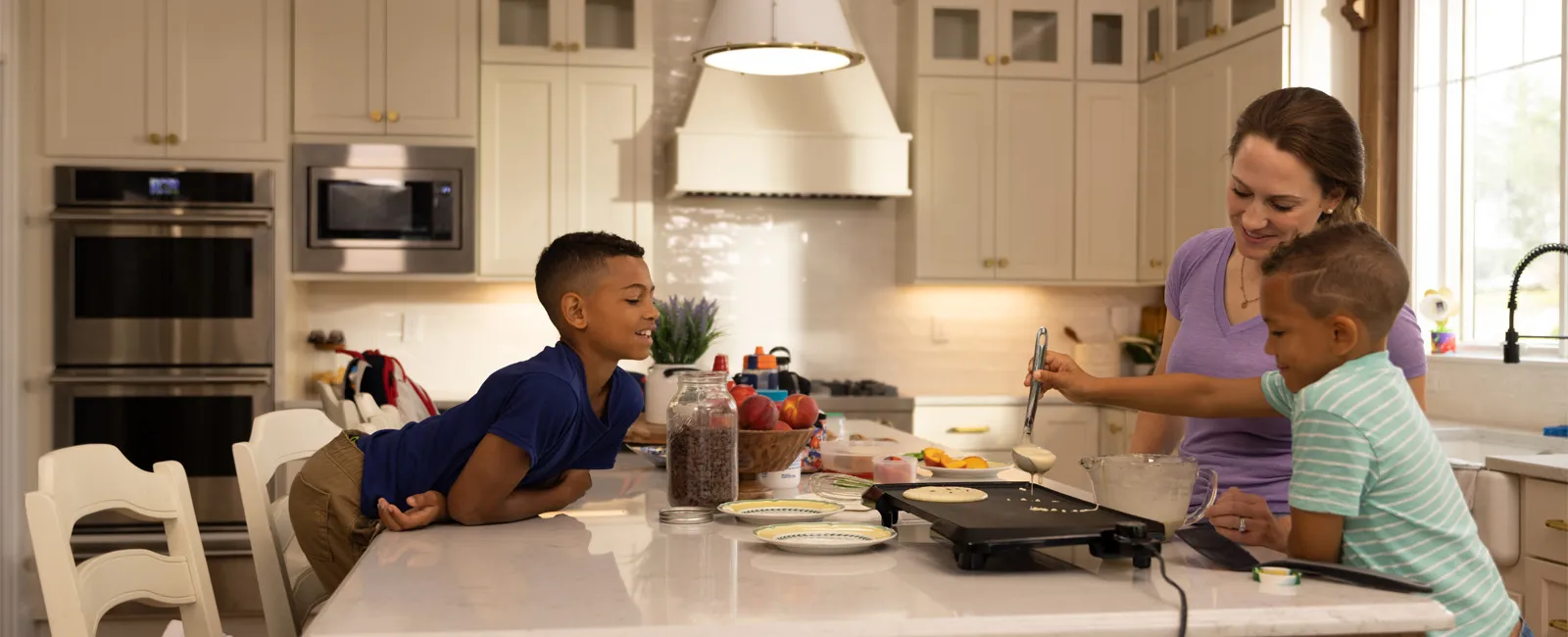
Spring is the perfect season for cleaning and treating hardwood floors. Here are seven rules to see you through:
1. Avoid dirt and scratches altogether. Even the most heavily protected hardwood floors are vulnerable to damage from grit, heels, pet claws, furniture and the products and moisture needed to clean them. Avoid damage altogether by wiping spills and stains promptly, encouraging people to remove shoes, placing area rugs in high-traffic zones and mats at entrances.
2. Clean often. Sweep or vacuum hardwood floors daily. It’s not just about making your wood floors look clean, it’s about removing debris that can scratch, become embedded, wear the finish and dull the floor over time. Be sure to use only soft-bristled brooms and vaccum attachments (no beater bars).
3. Know your finish. How you clean and treat a hardwood floor depends entirely on if, and how, the floor is sealed. Newer wood floors are typically sealed with a polyurethane or similar plastic-like finish. Others are varnished, lacquered, shellacked, treated with oils – known as penetrating sealants – or unfinished. If you do not have any paperwork associated with your floor, a basic test is to press and draw your finger over a section of the floor. If you cannot feel the grain of the wood, it’s likely the floor is sealed with a polyurethane-type finish that can withstand a small bit of moisture in cleaning. With all other finishes and unfinished floors, avoid moisture like the plague.
4. Pick the right process. For all hardwood floors: clean and buff with the grain and never wet mop or use furniture polish. For polyurethane-treated floors, the cleaning process is: sweep or vaccum, damp mop with a cleaning solution, and buff gently with a soft dry cloth. Cleaning frequency for this type of floor is once per week in high-traffic areas; never wax a polyurethane-treated floor. For all other finishes, the process is: sweep or vaccum frequently, clean spills promptly and – one to two times per year – strip, apply a new coat of wax, and buff using a machine.
5. Pick the right products. For hardwood floors designed to withstand damp mopping, commercial nonabrasive cleaning solutions with a neutral Ph are recommended. Cleaners that are too alkaline can dull the floor’s finish; cleaners that are too acidic – including vinegar, lemon, tea, and other oft-recommended homemade solutions – can cause the finish to deteriorate and leave dirt behind by failing to bond with it chemically. Some floor manufacturers make and sell their own cleaning products or recommend products for use with their floors; these may be expensive, but are likely the best choices.
6. Spot-treat stains. For polyurethane-treated floors, address stains locally using appropriate cleaning solutions (e.g. detergents for greasy stains, ammonia for blood, etc). Apply the basic rule for all stain removal: start with the gentlest possible method, escalate for tougher stains and stop as soon as the stain is removed. Pencil erasers work well on scuff marks. For oil-sealed floors, ultra fine steel wool may be used – very gently – to remove stubborn stains.
7. Refinish. When properly cleaning and treating hardwood floors fails to produce a beautiful shine, it’s a sign that refinishing is needed. For polyurethane-finished floors, a more moderate refinishing process – called screening – may be all that is required. More damaged or worn floors will require sanding and complete refinishing before they can, once again, shine like new.

